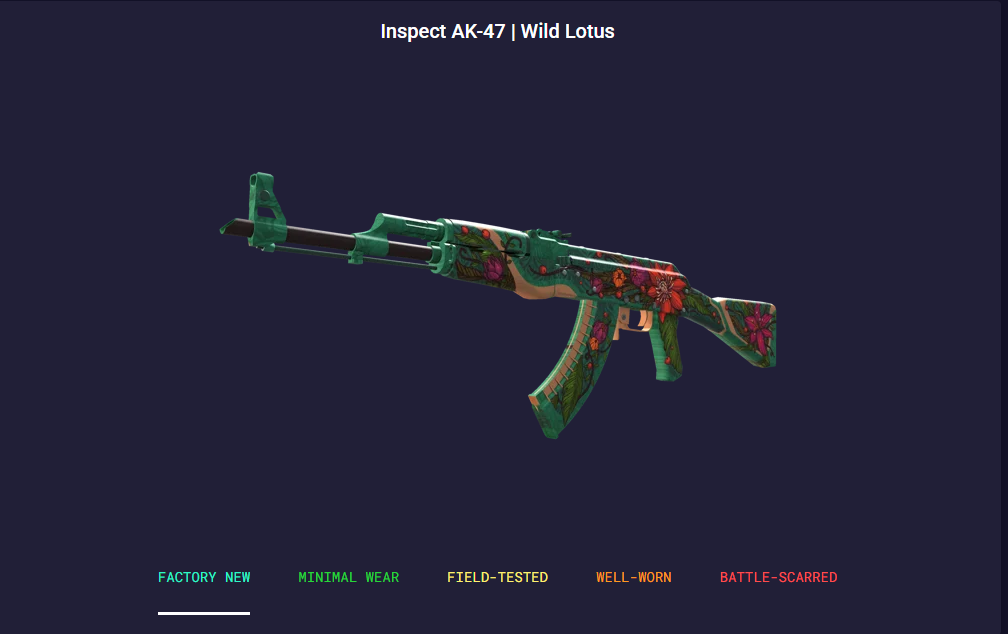Brett Rickaby's Insightful Corner
Exploring the world through news, tips, and intriguing stories.
Skinflation: How Player Skin Economics are Changing the Game
Discover how skinflation is reshaping player experiences and the economics of gaming. Don't miss this inside look at virtual trends!
The Rise of Skinflation: Understanding the Economics Behind In-Game Purchases
The recent phenomenon known as skinflation has taken the gaming world by storm, marking a significant shift in how in-game purchases are perceived and valued. As players increasingly seek personalized experiences, the demand for unique skins—visual modifications for characters and items—has surged. This rise can be attributed to a combination of psychological factors and market dynamics, wherein gamers are willing to invest real money to enhance their digital identity. Skinflation not only reflects changing consumer preferences but also points to deeper economic principles at play, as developers leverage scarcity and exclusivity to justify rising prices.
Understanding the economics behind skinflation involves examining both consumer behavior and the strategies employed by game developers. Traditionally, in-game purchases have been seen as optional, but the increasing prevalence of microtransactions has transformed them into a staple of modern gaming. Gamers are now more likely to spend money in pursuit of exclusive items, leading to a burgeoning market that thrives on FOMO—fear of missing out. With the aid of data analytics, developers can tailor their offerings to maximize player engagement and revenue, thereby creating a cycle that further fuels skinflation and reshapes the gaming landscape.

Counter-Strike is a highly popular tactical first-person shooter game that emphasizes teamwork and strategy. Players can engage in competitive matches across various maps and modes, and to enhance their gaming experience, many look for resources like a csgoroll promo code which can provide valuable benefits.
Are Player Skins Worth the Price? A Closer Look at Skinflation
The debate over whether player skins are worth the price has become increasingly relevant in the gaming community, especially with the rise of skinflation. This phenomenon refers to the escalating prices of virtual items, often driven by supply and demand dynamics within games. As more players enter the arena and seek unique appearances for their avatars, the market responds by increasing the cost of these coveted skins. Players often find themselves asking, 'Are these flashy cosmetics truly worth the hefty price tag?' On one side, cosmetics can enhance the gaming experience by allowing for personal expression and individuality; on the other, their value can sometimes seem disproportionate to their actual impact on gameplay.
Furthermore, the growing trend of skinflation has led to some significant shifts in the gaming economy. Many gamers are starting to question the ethics of spending large amounts of money on items that don’t affect gameplay, which raises the question of whether these purchases are a sound investment. In contrast, for avid players or streamers, exclusive skins can act as status symbols, contributing to one's online persona and even attracting followers. Thus, the real value of player skins may lie not in their gameplay utility, but in the emotional and social connections they foster within the gaming community. Ultimately, whether skins are worth their price will vary from player to player, influenced by individual priorities and perspectives on gaming culture.
How Skinflation is Reshaping Player Behavior and Market Dynamics
The term skinflation has recently entered the lexicon of gaming as players increasingly face rising costs for in-game items and cosmetics. This phenomenon is not merely a result of inflation but reflects a shift in how players perceive value in digital goods. As the demand for exclusive skins and upgraded content grows, players are forced to rethink their spending behaviors. In a landscape where particular skins can command steep prices, there is a burgeoning market for trading and selling virtual items, altering traditional player dynamics.
Moreover, skinflation is also influencing market dynamics, pushing developers to design more premium content to cater to a willing audience. Gamers are adapting to this trend, often opting for fewer but higher-quality purchases, which can lead to a more competitive environment where showcasing rare skins becomes a status symbol. This adaptation reveals how the gaming community is not just reacting to price changes, but actively reshaping its expectations and behaviors in response to a market that is continually evolving.